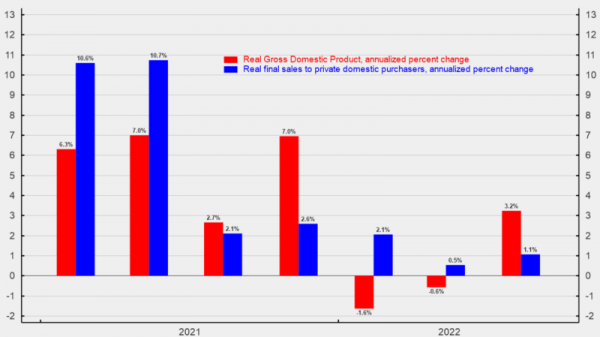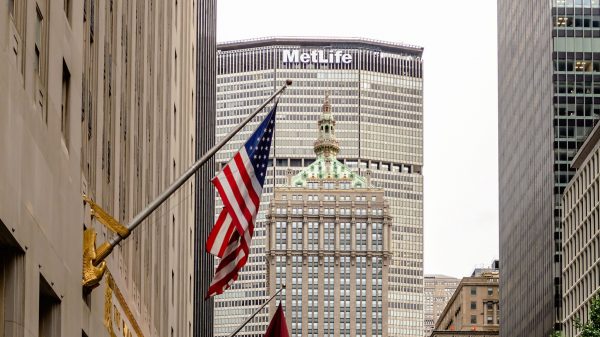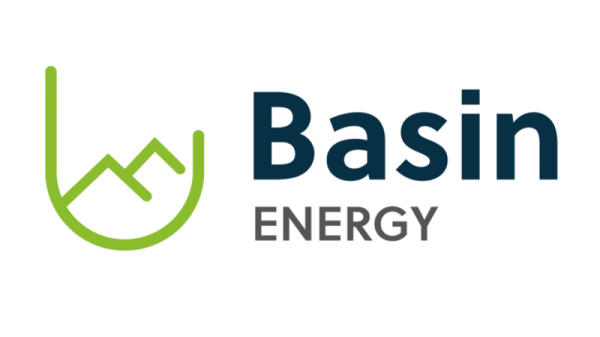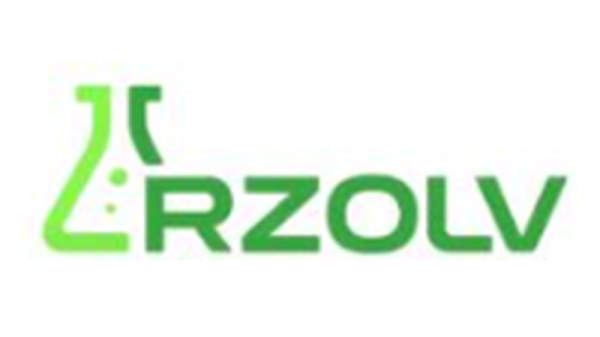![]()
The cleantech sector experienced a dynamic third quarter, with predictions of volatility coming to fruition.
While global investment in renewable energy is strong, notable pullbacks in US spending and regulatory challenges under the Trump administration have clouded the near-term cleantech outlook. Electric vehicle (EV) sales showed mixed trends, with a rush observed ahead of the phase-out of American federal tax incentives at the end of September.
The quarter was also marked by several major mergers, funding rounds and technological developments.
Regulatory currents and investment flows shape cleantech market
The third quarter began with important cleantech policy signals and shifts in industry strategy.
Although global capital flows into renewables reached a record US$386 billion in H1 2025, according to data analyzed by BloombergNEF, a steep 36 percent year-on-year drop in US renewable project spending reflects investor uncertainty in response to changing policy conditions and the expiration of tax incentives.
Regulatory headwinds took center stage as the US Environmental Protection Agency under Lee Zeldin sought to overturn the agency’s scientific findings on greenhouse gases, stirring debate on climate regulatory directions.
Meanwhile, the Trump administration’s Department of the Interior moved to halt the planned US$6 billion Maryland offshore wind project, and paused work on Orsted’s (CPH: ORSTED,OTC Pink:DNNGY) Rhode Island offshore wind farm, triggering market pushback and state-level efforts to resume construction.
A judge later allowed the continuation of construction on the Rhode Island wind farm amid legal challenges.
While offshore wind faced setbacks from regulatory halts and legal challenges, the US solar sector demonstrated resilience, experiencing a notable 25 percent increase in corporate M&A activity in H1.
That increase was highlighted by Brookfield Renewable Partners’ (NYSE:BEP) US$2.8 billion acquisition of Duke Energy’s (NYSE:DUK) solar assets, as well as FlexGen’s purchase of Powin.
During Climate Week NYC, power giant Constellation Energy (NASDAQ:CEG) CEO Joseph Dominguez noted the potential for consolidation in the renewables sector. Despite federal tax credit phase-outs, wind and solar are supported by over 30 state-level programs, creating evolving investment opportunities for well-capitalized companies.
Adding to this insight, former US Vice President Al Gore emphasized the need to reconsider nuclear power as artificial intelligence (AI) electricity demand grows. While skeptical about the high costs of small modular reactors, Gore sees fusion power as promising, but probably farther off than some optimists predict.
He acknowledged that green hydrogen sentiment is overly optimistic, noting that its “bubble has burst” due to slow cost declines, although it retains promise for heavy industry uses like low-emissions steel production.
Aside from that, Gore referred to direct air capture as “overhyped” and not a “safe bet,” while calling deep geothermal “properly hyped,” but with uncertain commercial timelines.
At the same time, US Secretary of Energy Chris Wright indicated that an overhaul of permitting processes would expedite energy infrastructure projects facing intense opposition; however, the government shutdown, now heading into its third week, has created significant uncertainty and will likely lead to further delays.
Despite perceived setbacks, Q3 brought private sector investment in scalable clean infrastructure. Investors increasingly backed cleantech initiatives focused on transformative growth and digital infrastructure aligned with the evolving energy transition. Notable financing rounds went toward low-carbon data centers and battery storage. Investments like climate fintech firm Eventual’s US$7.5 million in seed funding also hint at growing investor interest.
These cleantech sector developments highlight a complex landscape where regulatory challenges in the US coexist with ongoing innovation and investment momentum, setting the stage for a critical period of adjustment and opportunity in the renewable energy sector, both above and below the American border.
In an interview with the Globe and Mail, Jigar Shah, former director of the Loans Program Office in the US Department of Energy, said Canadian cleantech firms have an opportunity to fill the void left in the industry by the US, but that decisive action is required to prevent companies from seeking out other jurisdictions.
Twists and turns in the EV race
The third quarter marked a pivotal period for the EV market.
Cox Automotive forecast in September that EV sales would hit a record of 409,000 units in Q3, in line with previous estimates that predicted a surge as buyers rushed in before the end of the US federal EV tax credit.
Automakers Ford Motor (NASDAQ:F), General Motors (NYSE:GM) and Hyundai Motor (KRX:005380,OTC Pink:HYMTF), all of which have extended EV discounts to after the expiration of the tax credit, reported record EV sales in Q3, with Ford’s EV sales rising over 30 percent, and GM’s EV sales more than doubling thanks to a diverse product lineup under the Chevrolet and Cadillac brands. Hyundai showed a 13 percent year-on-year increase, driven by EV sales.
In September, Ford announced a multibillion-dollar investment in American EV manufacturing facilities to pioneer a novel, efficient assembly process, aiming for a 2027 launch of a competitively priced midsize electric pickup.
Tesla’s (NASDAQ:TSLA) third quarter deliveries also hit a record, with estimates showing about 149,500 units, slightly higher compared to the 143,535 units reported in the second quarter. However, Cox Automotive’s numbers show that the company’s US market share has been steadily decreasing, slipping to 38 percent in August.
CEO Elon Musk said that the company will devote more of its resources to developing AI-driven autonomy going forward. Its robotaxi program officially launched this quarter, with initial testing beginning on July 1. The company reportedly experienced three crashes on its first day, underscoring ongoing technical hurdles. The National Highway Traffic Safety Administration has since launched another investigation into Tesla vehicles’ full self-driving technology, its second this year, after regulators received more than 50 reports of traffic violations and crashes.
Tesla also revealed its long-awaited more affordable EV models at the start of the fourth quarter. They were met with with cautious optimism by market participants. Investors will be carefully watching how these new models fare against intense price competition from domestic and foreign EV manufacturers.
Meanwhile, Tesla’s position in China continues to face pressure, with domestic manufacturer BYD Company (OTC Pink:BYDDF) surging ahead with a substantial lead. BYD delivered 582,500 pure EVs in the third quarter, nearly doubling Tesla’s China sales, which rebounded thanks to sales of the new Model Y L.
Advances in autonomous vehicle partnerships also progressed during the the third quarter, with Lyft (NASDAQ:LYFT) and Waymo collaborating on robotaxi services announced for launch next year in Nashville.
Waymo has moved to expand its user base by launching a new enterprise product, Waymo for Business, offering subsidized employee or event rides in its robotaxis in San Francisco, Los Angeles and Phoenix.
Facing rising competition, Uber Technologies (NYSE:UBER) said it plans to integrate autonomous vehicles alongside human drivers, partnering with Nuro and Lucid Group (NASDAQ:LCID) in a three part deal, with Uber purchasing 20,000 Lucid electric robotaxis over six years alongside licensing fees for Nuro’s self-driving technology.
Under the terms of the agreement, Uber will acquire minority stakes in both companies. The first robotaxis are expected to launch in a major US city next year.
Cleantech forecast for 2025
Q4 will be pivotal as the cleantech sector adjusts to the withdrawal of key federal incentives in the US, such as the rooftop solar tax credit, set to expire on December 31, and grapples with regulatory uncertainties.
Offshore wind projects face legal and administrative hurdles that may reshape regional renewable energy development.
Meanwhile, emerging areas of the cleantech market — such as advanced nuclear and climate fintech — offer promising growth paths, but require coordinated policy and investment frameworks. Reflecting this challenge, 11 states are collaborating to accelerate the development of advanced nuclear energy within their borders, seeking to create a strong and credible demand signal by coordinating commitments and dividing financial risks.
In autonomous vehicle innovation, Amazon’s (NASDAQ:AMZN) self-driving car subsidiary Zoox is seeking broader regulatory approval to operate up to 2,500 cars without traditional human controls.
If approved, Zoox would be able to conduct a first-of-its-kind paid commercial robotaxi service.
The US Department of Transportation plans to propose rules in spring 2026 to modernize vehicle safety standards for automated driving systems, including relaxing requirements tied to manual controls.
Forward-looking industry voices suggest cautious optimism, emphasizing the critical role of innovation, policy clarity and market adaptation in sustaining cleantech momentum into 2026.
Securities Disclosure: I, Meagen Seatter, hold no direct investment interest in any company mentioned in this article.























